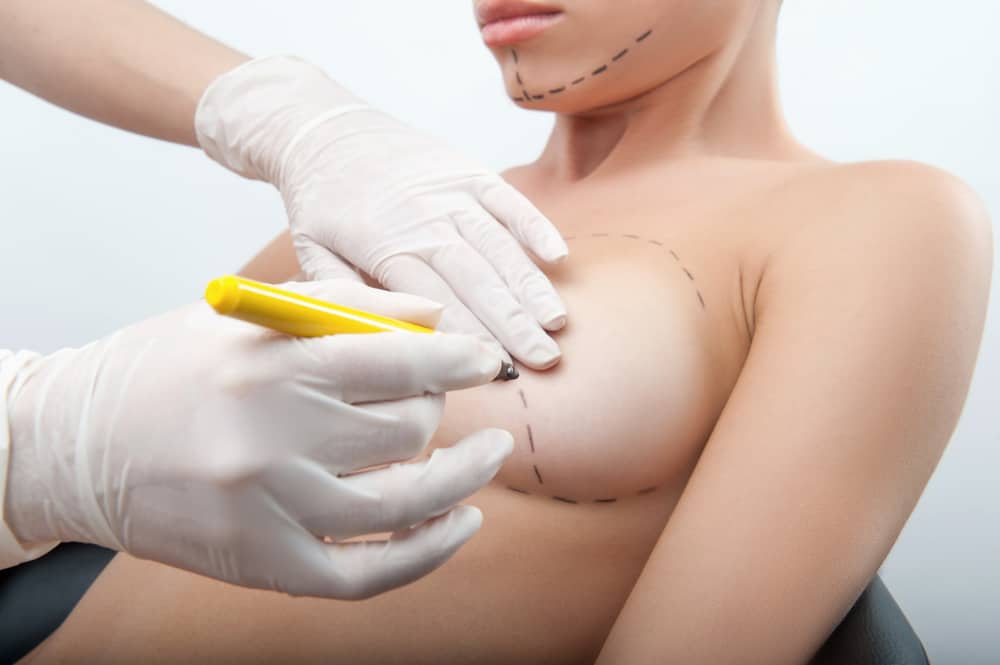What is Recovery Like After Breast Augmentation?
Bearing in mind that breast augmentation is a surgical procedure, you can expect to need help, especially during the first 24 hours. Although you aren’t any danger, you should stay off your feet as much as possible, since a fall could cause damage, and you will be feeling rather groggy. Have a close friend or loved one with you, and ask them to accompany you when you need to get up to go to the bathroom, and to fetch and carry for you as needed.
Preparation for your recovery begins before surgery
Apart from arranging to have help at hand during the first 24 hours, you can prepare by bringing along some loose clothing to put on when you are discharged. Don’t worry about bringing a bra. Your surgeon will see to it that your breasts are adequately supported with a surgical bra, and besides, your old bras won’t fit. Obviously, there is no way you will be able to drive home, so your helper will have to do that for you.
Right after your surgery
You will be taken to a recovery room, where you will wake up. There will be some discomfort, and you will be given instructions on how to care for yourself. Let your friend be present to get any information they may need in order to help you. Supporting your breasts after surgery is important, so your surgeon will have bandaged you up, and will likely supply you with a surgical bra. Do not worry if you see a few spots of blood on your bandages.
The next day, you will have to go for a checkup (unless you stay over at the clinic), and your helper will have to drive you to the clinic and back.
Expect the following:
- A degree of pain and swelling are normal after breast augmentation.
- There will be bruises, but they will soon fade.
- You may also feel nauseous after anesthesia, and painkillers can cause constipation.
- You will need to take medications.
In most cases, women are able to resume normal activities after the first 24 hours, experiencing little discomfort. However, you are advised to continue using your medication, even if you feel well.
Taking care of yourself after your surgery
Sutures are usually removed after two weeks, and if your breast augmentation does not also include a breast lift, you will be instructed on how to massage your breasts to help your implants to settle and appear natural.
You will have to sleep on your back for the first six weeks (you can pack pillows around you to ensure you don’t turn over while asleep), and you should avoid any strenuous exercise or activity. Stretching your skin so that you are able to see how your scars are doing is not a good idea. You could break open the wounds again. Never lift your arms above shoulder height until your scars have healed.
During the first two to five days, you should avoid getting your scars wet unless the doctor has applied a waterproof bandage. After a few days, you can shower, but a soak in the bathtub must be avoided for the first two weeks. If your wounds or dressings get wet, use a hair drier to dry them out. You will be advised on what type of bra to choose during the first 6 weeks. After that, an underwire bra or any other type of bra can be chosen.
Call for help and advice if:
- There is bleeding that does not stop.
- Swelling is severe.
- You have chest pains or difficulty breathing.
- You have a very bad headache.
Don’t miss your follow up visits
Your recovery is monitored through your follow-up visits, so be sure to keep your appointments. During follow up visits, the clinic personnel will see how your wounds are healing, ensuring that they leave minimal scarring. You’ll also be asked to continue with massaging your breasts so that your implants will look and feel natural once they are fully settled.
Dr. Asif Pirani has dedicated his career to helping patients achieve the best cosmetic results while maintaining the highest standards of safety, comfort, and discretion. Board certified by the Royal College of Physicians & Surgeons of Canada, Dr. Pirani teaches at Canadian and American universities and serves as an expert reviewer for The Aesthetic Plastic Surgery Journal, the International Society of Aesthetic Plastic Surgery’s official scientific journal. He is frequently called upon by media outlets and news agencies for his opinion as an expert plastic surgeon.

